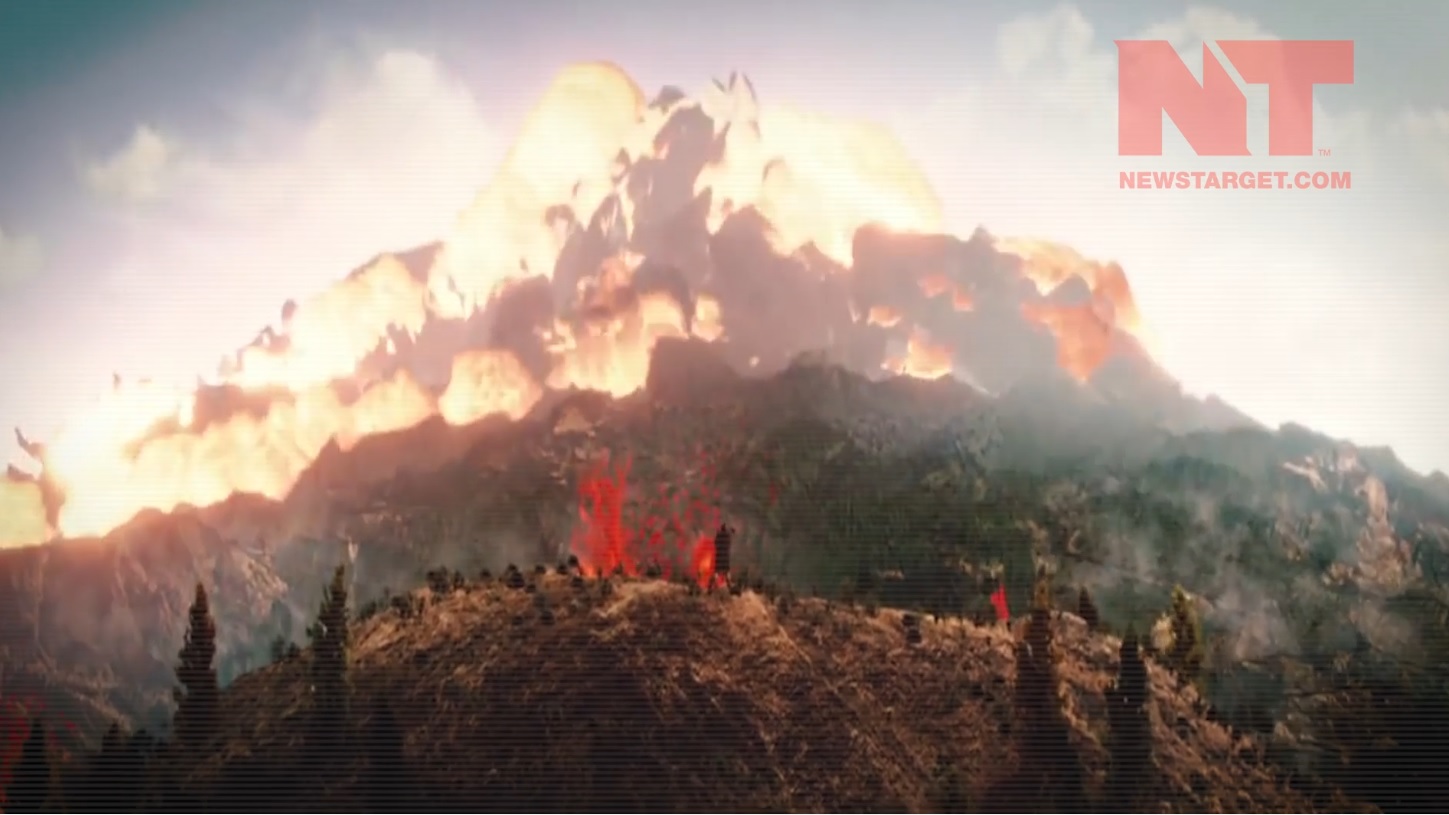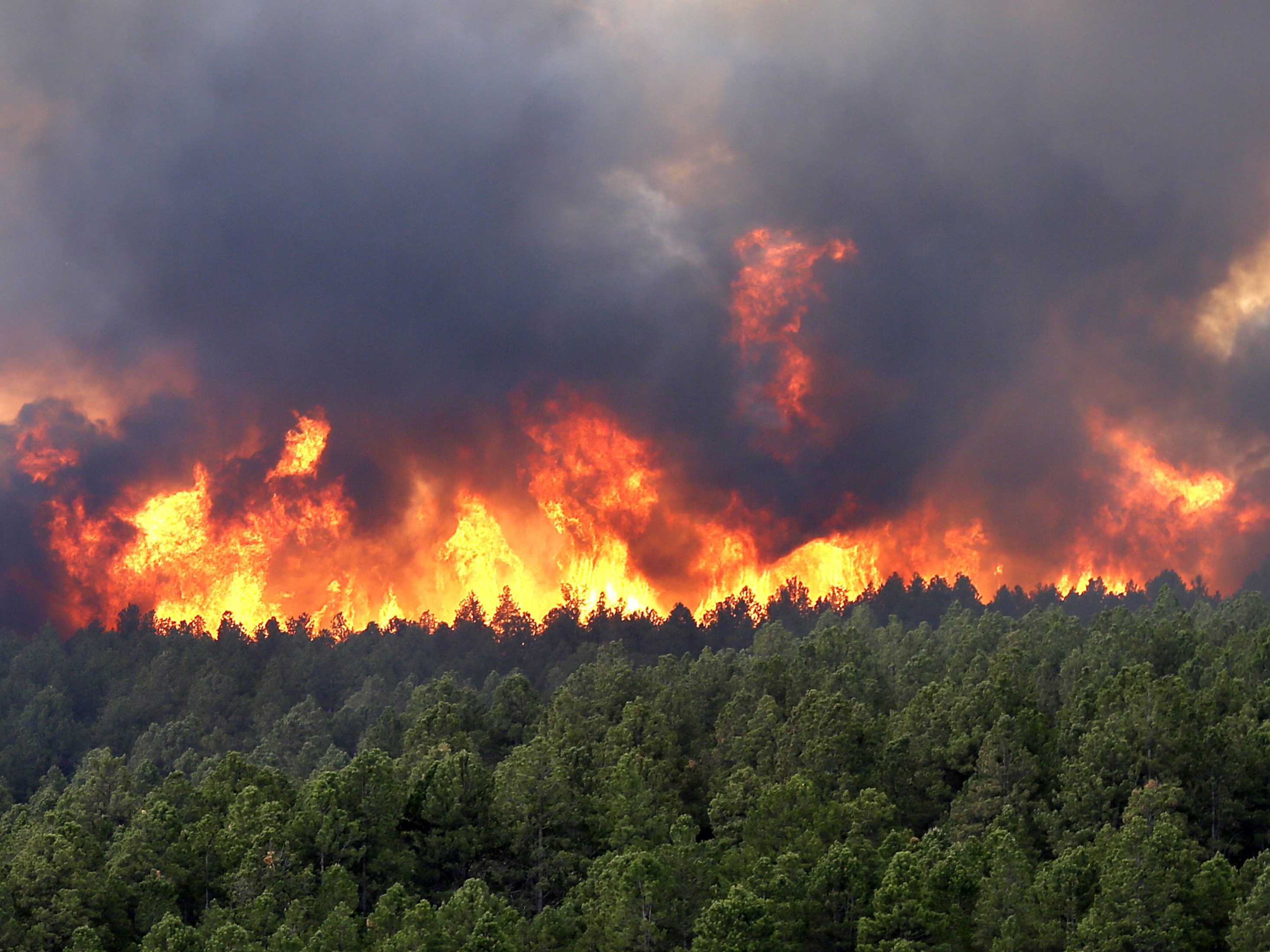New all-time coldest temperature in the Northern Hemisphere is actually from nearly 30 years ago
09/30/2020 / By Virgilio Marin

A temperature reading from nearly three decades ago is now recognized as the lowest recorded temperature in the Northern Hemisphere.
The World Meteorological Organization (WMO), the climate-related wing of the United Nations, confirmed the new record of -93.3 F, which was logged in Greenland on Dec. 22, 1991. The reading was only acknowledged decades later thanks to a group of “climate detectives” at WMO’s Archive of Weather and Climate Extremes.
“In the era … much attention focuses on new heat records,” said WMO Secretary-General Petteri Taalas. “This newly recognized cold record is an important reminder about the stark contrasts that exist on this planet.”
The all-time temperature low in the Northern Hemisphere was previously held by the Russian towns, Verkhoyansk and Oymyakon, which recorded -90 F in February 1892 and January 1933, respectively.
Meanwhile, the world’s record low, a numbing -128.6 F, was registered at the high-altitude Vostok weather station in Antarctica in July 1983.
Tracing climate data from nearly 30 years ago
The WMO could usually evaluate extreme climate observations within a few years after the observations were made. But in some cases, evaluations would not be made until climate historians uncovered long-overlooked weather data that contains important climate information. That was the case with the just-concluded evaluation of the nearly 30-year-old temperature reading at the Klinck weather station. The remote site of Klinck sits at more than 10,000 feet aboveground, close to the topographic summit of the Greenland Ice Sheet.
The automatic weather station operated for two years in the early 1990s and was overseen by researchers studying the Greenland Ice Sheet. In 1994, it was returned to the laboratory for testing before being sent to the field, this time for the Antarctic.
However, this was long before WMO’s archive was established in 2007. The record came to light only after a blue-ribbon international panel of scientists at WMO tracked down the original research team to help verify the information. To the panel’s luck, the Klinck research team diligently stored the metadata and calibrations throughout the ensuing decades.
After reviewing the equipment, observation practices and weather patterns of December 1991, the committee unanimously endorsed the acceptance of the new all-time temperature low in the Northern Hemisphere.
“This investigation highlights the ability of today’s climate scientists to not only identify modern climate records but to play ‘climate detective’ and uncover important past climate records,” said Randall Cerveny, the rapporteur of Climate and Weather Extremes for the WMO and a member of the panel. (Related: Systemic data tampering: NASA GISS alters US Southeast data, changes cooling to warming.)
The panel detailed their assessment in the Quarterly Journal of the Royal Meteorological Society.
Is the Earth getting colder?
Speakers at the recently-held seventh International Climate Change Conference in Chicago posited that the natural climate cycles have already shifted to a cooling phase, as seen by declining global temperatures in the last several years.
Climate activists have long held rising levels of carbon dioxide as the central culprit for human-induced global warming. Yet a close look at the 20th century’s temperature record would show an up-and-down pattern that doesn’t quite follow the Industrial Revolution’s upward trend of atmospheric carbon dioxide, according to Peter Ferrara, one of the speakers at the conference and a senior fellow at the Heartland Institute, a national nonprofit research and education organization based in Illinois.
Ferrara, who served under the presidency of Reagan and George H.W. Bush, said that temperatures steadily dropped from the late 1940s to the late 1970s. There was also talk of an impending ice age, he added.
He isn’t mistaken – during the Great Salinity Anomaly, the global ocean climate went through one of the most persistent and extreme variations observed in the past century, according to British oceanographer Robert Dickson. That period started around the late 1960s and lasted until the late 1970s. It was triggered by a surge of freshwater flowing out of the Arctic Ocean, cooling the top half-mile of parts of the North Atlantic. Between 1951 and 2010, eight of 18 exceptionally cold European winters happened during this period, reported Yale Environment 360. (Related: Climatologists admit wildfire smoke is already COOLING the planet, just as volcanoes do.)
These days, such freshwater surge could happen again once the Beaufort Gyre in the Arctic Ocean lets up again. It has been collecting freshwater for several years, trapping them in its clockwise swirl. Once it turns the other way, that accumulated water will be unleashed and potentially plunge the North Atlantic region into a cold spell.
Read more research indicating an impending mini ice age at ClimateScienceNews.com.
Sources include:
Tagged Under: Antarctica, Beaufort Gyre, carbon dioxide, climate science, Earth cooling, environment, global warming, Great Salinity Anomaly, Greenland, northern hemisphere, research, weather
RECENT NEWS & ARTICLES
COPYRIGHT © 2017 ECOLOGY NEWS
















